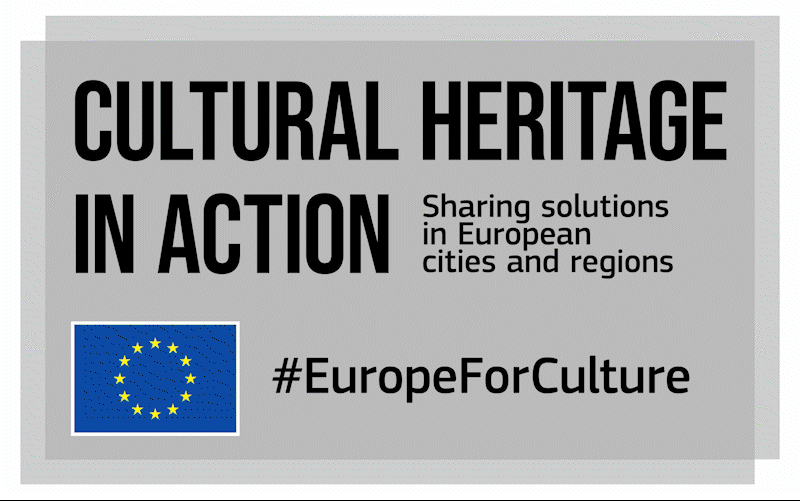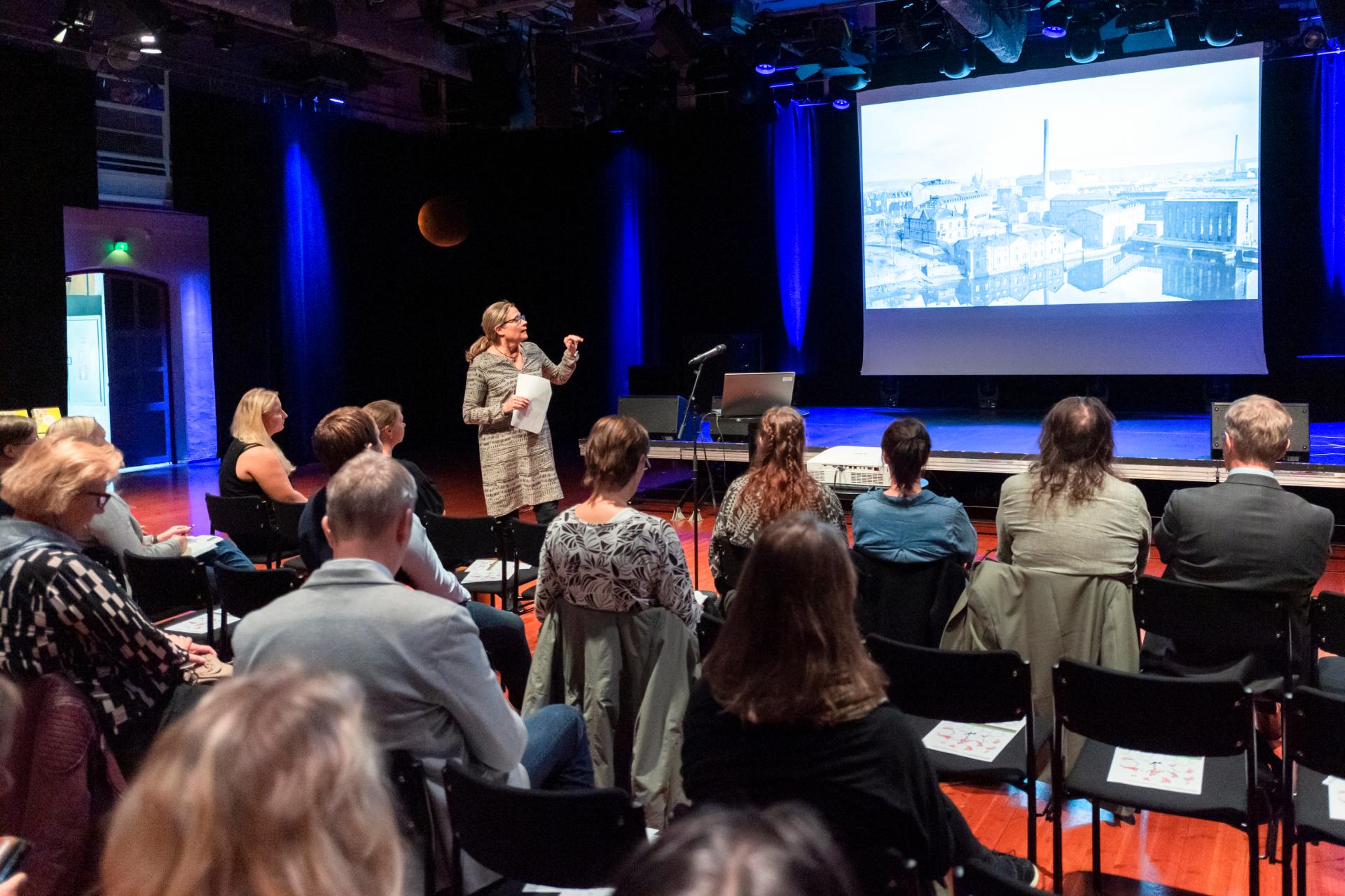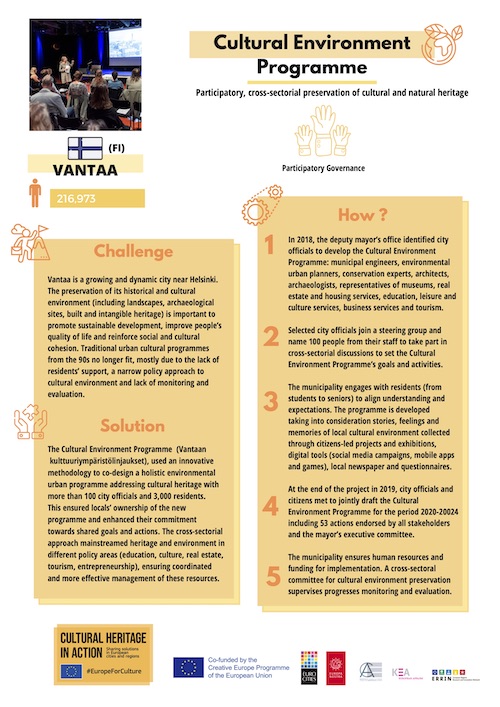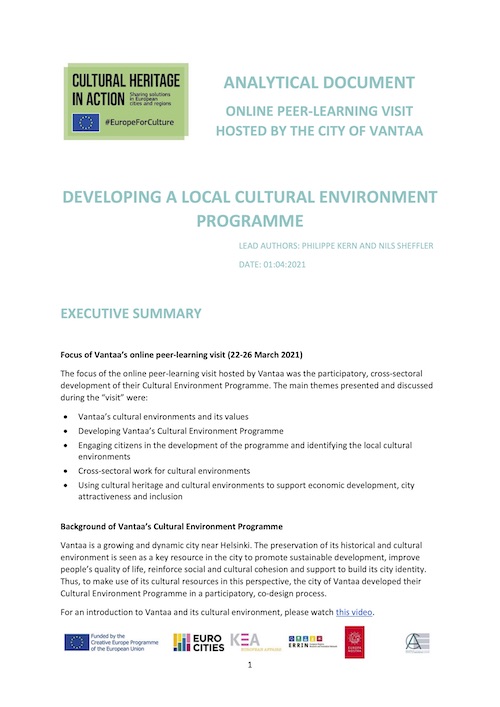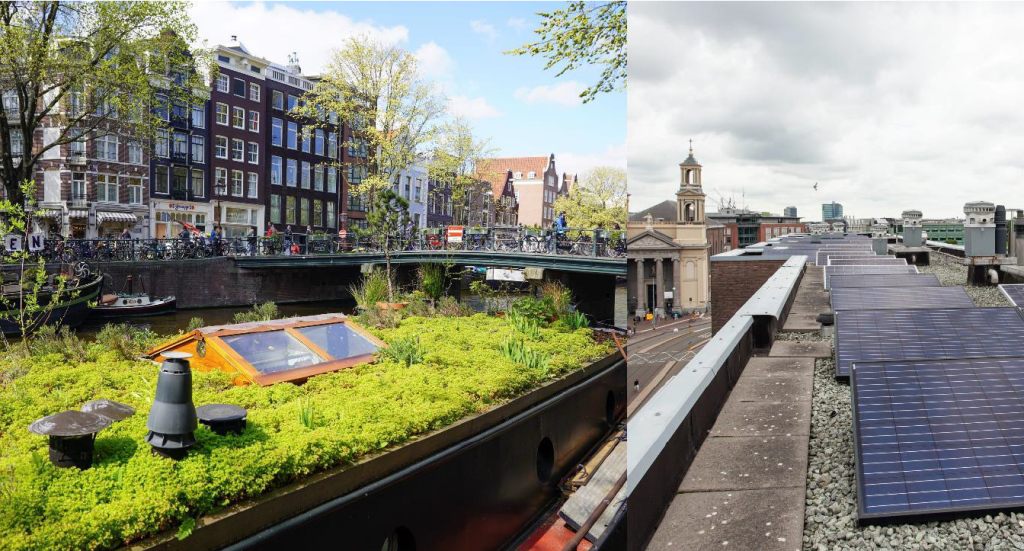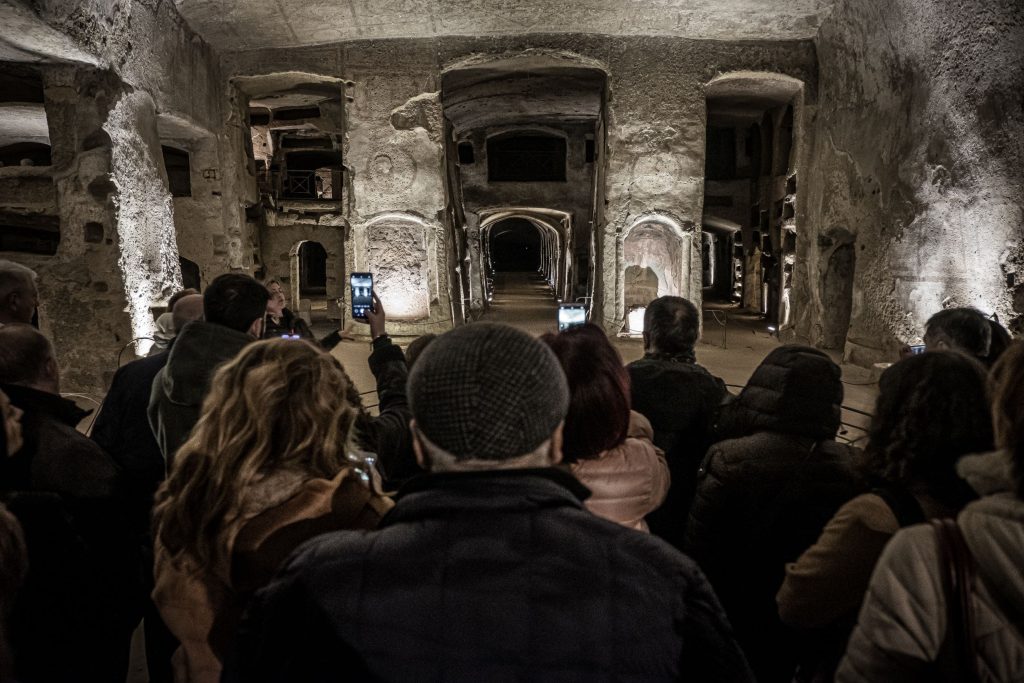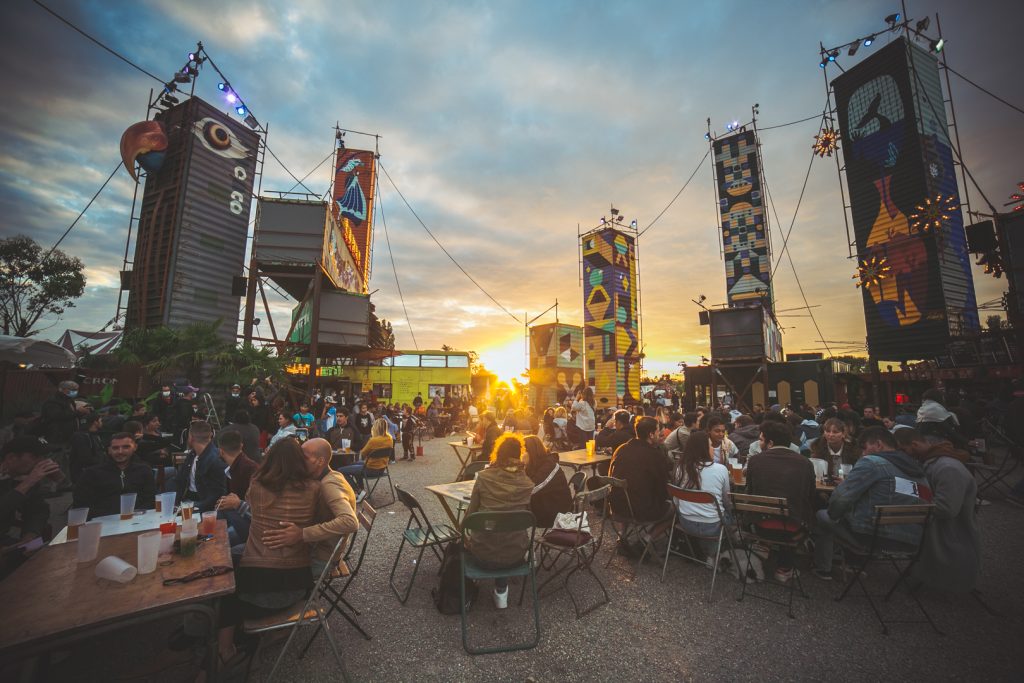Vantaa, Finland.
![]()
“Cultural environments” is a common term in Finland. The protection of cultural environments is even enshrined in the Finnish Constitution and other legislations. Cultural environments are the human built or human influenced environments like places, landscapes and built heritage that are relevant for the identity and well-being of people.
As a growing city near Helsinki, the preservation of Vantaa’s historical and cultural environment is important to promote sustainable development, improve people’s quality of life and reinforce social and cultural cohesion. When the city realised that traditional urban cultural programmes from the 1990s no longer fit, mostly due to the lack of residents’ support, a narrow policy approach to cultural environment and lack of monitoring and evaluation, they decided to take another path and started working on a new Cultural Environment Programme.
The Cultural Environment Programme (Vantaan kulttuuriympäristölinjaukset) used an innovative methodology to co-design a holistic environmental urban programme addressing cultural heritage with more than 100 city officials and 3,000 residents.
In ten phases, the municipality led the design and implementation process in close collaboration with city officials in a steering group. The municipality engaged with residents (from students to seniors) to align understanding and expectations. The programme was developed taking into consideration stories, feelings and memories of local cultural environment collected through citizen-led projects and exhibitions, digital tools (social media campaigns, mobile apps and games), local newspaper and questionnaires. At the end of the project in 2019, city officials and citizens met to jointly draft the Cultural Environment Programme for the period 2020-2024.
